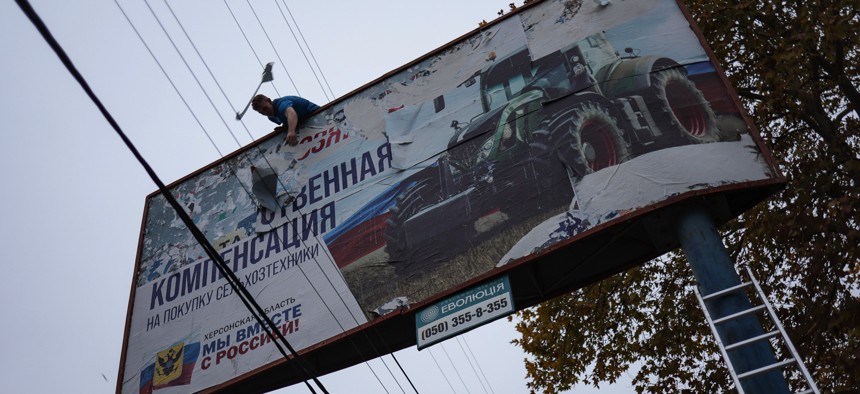C. Tatum
America’s longest war, Afghanistan, has been called “the forgotten war,” which, for those who fought in it and are still suffering from it, is an insult added to its horrible end only a little over a year ago. Many questions, meanwhile, remain about its open-ended mission, such as why we stayed on a decade after killing the man responsible for the 9/11 attacks and dismantling his lethal networks. But it’s the chaotic ending of the conflict last year that’s about to get renewed attention at the hands of House Republicans, who, having won a narrow majority in the midterms, have declared their intent to launch a new investigation of President Biden’s botched evacuation and raise it to a boil by the 2024 election season. They will have plenty to work with.
C-17 photo from the unattributed video at The Aviationist
Such an inquiry will be sticky for the GOP, however, since President Trump’s 2020 Doha Agreement with the Taliban to end the U.S.-led war, which excluded the democratic government in Kabul from all negotiations and teed up the disaster of August 2021. Republicans will also struggle to escape the fact that Trump’s anti-immigrant policies the previous year also meant that less than 2,000 Special Immigrant Visas—a quarter of the annual allotment—were approved for Afghans, leaving a backlog of 18,000 applications of interpreters and other contractors by the time the Taliban took Kabul, thus creating the urgent need for the “largest U.S. military airlift in history.”
If they desire a credible inquiry, House investigators should also consider scrutinizing the role the U.S. intelligence community played in the final outcome of the war—the good, the bad and the ugly—when their efforts cost some lives while saving others.
They might begin with the untold story behind the defining image of the ignominious ending, the sight of that behemoth U.S. Air Force cargo plane taking off from Hamid Karzai International Airport with desperate Afghans plummeting from its massive fuselage and wheel coverings onto the runway and through Kabul rooftops. (Human remains were found in the wheel wells when the C-17 landed in Qatar.) The world watched, aghast, as the viral video spread across Twitter and TV.
Secrets of the C-17
Why the C-17 Globemaster III took off with so many civilians clinging to it remains officially unanswered. An Air Force spokesperson at the time said an investigation had been initiated but also offered spin: “Faced with a rapidly deteriorating security situation around the aircraft, the C-17 crew decided to depart the airfield as quickly as possible.”
But the real reason, according to a new book on the chaotic August 2021 evacuation, was that the plane held an MH-47G Special Operations helicopter stocked with sensitive and classified systems for flying clandestine, low-altitude night sorties for special mission units like the Army’s Delta Force. According to accounts gathered together by retired Green Beret Lt. Col. Scott Mann for his book Operation Pineapple Express, the top U.S. military commander at the airport, a Navy SEAL admiral, feared the twin-rotary chopper, a modified version of the venerable Chinook and flown by the Army’s elite 160th Special Operations Aviation Regiment, would fall into the hands of the marauding Taliban. So off they went.
The horrifying sight of bodies falling from the C-17 was just one of several incidents in which U.S. clandestine services’ priorities during the hasty Noncombatant Evacuation Operation, or NEO, were often placed above all else—particularly human life. President Joe Biden had promised Americans that the Kabul evacuation would not have a “Saigon moment,” like the one captured in the indelible photograph of Americans scrambling aboard a helicopter from a rooftop as communist troops descended on the South Vietnamese capital in 1975.
There was “zero” comparison between Afghanistan teetering on the edge, Biden assured nervous Americans, and Saigon’s shocking collapse, in which thousands of Vietnamese who had worked with U.S. forces, including the CIA, were abandoned.
“There’s going to be no circumstance where you see people being lifted off the roof of a [sic] embassy in the — of the United States from Afghanistan. It is not at all comparable,” Biden told a press conference on July 7, 2021.
In mid-August the entire U.S. diplomatic and security contingent at the embassy in the Kabul Green Zone was hastily evacuated by helicopters—not from the embassy’s rooftop, to be sure, but from an adjacent soccer field. Some 1,800 Americans were flown two miles away to HKIA by the morning of August 16. Diplomatic Security agents involved in the embassy evacuation and NEO were recently decorated for heroism.
How similar was it to Saigon? The answer is a “walking contradiction, partly truth and partly fiction,” as Kris Kristofferson might say. Whatever, the end was a rout, recorded in countless hours of deeply shocking and saddening photos and videos that are certain to be resurrected come the 2024 presidential election season, shredding Biden’s boasts about evacuating an astonishing 124,000 people the last two weeks of August.
Fact: The C-17 Globemaster III was on an intelligence mission to ferry a highly advanced special operations chopper for use in last-minute clandestine rescue missions in Afghanistan. But it landed on a concrete sea of chaos. The huge runway was being overrun by 10,000 or more civilians who soon forced all air ops to halt. Rather than unload the sensitive cargo, the crisis forced the top commander at the airfield, U.S. Navy SEAL Rear Adm. Peter Vasely, to order the C-17 back in the air, even as other planes remained parked. Why? It was to protect the chopper in its belly from capture or its classified systems from being pilfered by the Taliban or the crowds, according to author Scott Mann.
The decision was confirmed in the transcript of an interview Vasely later gave to U.S. Central Command investigators: “Late morning [August] 16th, the mass of civilians on HKIA slowly began moving north across the runway, overwhelming the U.S. security forces aligned to attempt to contain the crowd. I ordered the one C-17 and two C-130s to leave.”
Unsaid was whether Vasely knew that civilians had piled onto the retractable wheel covers (called humps) of the massive cargo plane as it taxied to take off on the single runway. Apache AH-64 attack helicopters were hovering low over the asphalt using their rotor wash to blow civilians out of the plane’s path. He likely did not know about the civilians until the plane was long gone.
And yet the killing of innocent civilians around the airfield didn’t stop there. It was more deliberate and committed more often by “friendlies” than Taliban, who were busy outside beating those clustered around the airport with rubber batons and rifle butts.
During the mad scramble by the U.S. to exit Afghanistan after the stunningly rapid collapse of the U.S.-supported government, U.S. military senior commanders and diplomats made deals with numerous devils to exit without further calamities. The airport was the only place left to evacuate U.S. citizens and Afghan green card holders, legal permanent residents and “special interest” persons after the controversial decision to close Bagram Airfield north of the capital and desert it overnight on July 2.
Another consequential decision by American commanders inside HKIA was to accept a CIA offer on August 16, as revealed in Operation Pineapple Express, to clear up to 10,000 civilians from the runway and ramps by using the spy agency’s large Afghan paramilitary “surrogate” force, hardline fighters who had carried out the Agency’s capture/kill ops. The airport crowds had forced air ops to cease after the infamous C-17 was wheels up that sunny Monday morning.
That group of seasoned Afghan militiamen were known as National Strike Units (NSU), a notorious outfit that had to change its name from “Counter-Terrorist Pursuit Teams” after years of human rights abuses came to light. The price demanded for clearing HKIA of the civilian crowds was a guarantee that the U.S. military would airlift the CIA’s surrogate forces and their families out of Kabul.
Almost immediately it became clear that the price paid was much higher.
Bridge Too Far
The 82nd Airborne Division failed at its fundamental mission of securing the airfield, insiders note, because they could not get enough paratroopers on the ground when the crowds flooding the runway forced a stop to air operations the day after Kabul fell. But the CIA’s NSU paramilitaries—ironically, all clad in retro Vietnam tiger stripe camouflage fatigues—quickly cleared the airfield of the civilians with help from the Army’s Delta Force, a smattering of 82nd Airborne paratroopers, and Taliban teams, with U.S. Marines creating a buffer between the once warring parties. “Within two hours, [they] had 400 [Afghan paramilitary] guards protecting the south side,” one U.S. official told CENTCOM’s investigators.
“The Afghan unit that was there, the way they got people off [the airfield], to the point, was just running everyone over and shooting them,” Marine Lt. Col. Chris Richardella, a battalion commander, said in the film.
“They killed them,” another Marine officer bluntly told the filmmakers. A third Marine officer in the documentary said he witnessed “people being executed on the airfield.”
Richardella said it was after dark and he observed civilians dying in the headlights of the NSU paramilitaries’ trucks as they plowed into the crowds—but, he added, the brutal tactics succeeded. By 10:30 that night, the airfield was once again secured and planes were landing and taking off again just after midnight.
The brutality of the four NSU teams, known as units 01, 02, 03 and 04, didn’t end there. Their violence was often directed at Afghan Special Operations soldiers on the run from the Taliban. Call it a violent twist on the “crabs-in-a-barrel” cultural phenomenon—the CIA surrogate forces were now inside HKIA and a nearby CIA base, and the Afghan government forces simply were not.
At North, East and Abbey Gates, CIA’s tiger-striped paramilitaries were often more violent toward their countrymen than the Taliban outside the coils of concertina wire, who were trying to control the teeming masses of civilians and partner forces, such as Commandos, Special Forces and others, attempting to flee the country. This is evidenced in photos, video and by eyewitnesses beaten by the surrogate forces or who witnessed them kill fellow Afghans in cold blood.
“When I stood outside North Gate, one CIA paramilitary came and beat me on my back with his AK-47 stock, striking on my shoulder. He hurt me really badly,” Zahir, a former interpreter for U.S. special operations who remains in hiding in Kabul, told SpyTalk.
Others I’ve spoken to witnessed NSU men firing into the crowds or suffered themselves from Kalashnikov butt strokes, like Zahir. This brutality by NSU fighters is on display in the opening scenes of another forthcoming documentary, NatGeo's Retrograde.
Once Army Maj. Gen. Chris Donahue, a former Delta operator and the 82nd Airborne’s commanding general, arrived at HKIA on August 18, he began to have daily face-to-face meetings in the South Terminal with the commander of the Taliban’s Red Unit to discuss securing HKIA from ISIS attacks and facilitate the exodus of Americans and Afghan allies, according to soldiers from his paratroop division and the CENTCOM report.
To that end, Biden even did something extraordinary, as CENTCOM’s report explained. “POTUS directed … the sharing of intelligence for force protection threats with the Taliban (en extremis),” which were on paper handed to the Red Unit commander. “This intelligence sharing built trust and opened critical lines of communication with the Taliban commander,” the CENTCOM report added.
Few trusted the Taliban to allow evacuees to pass unharmed.
CIA operatives did many good things, too. They acted swiftly to help secure the airfield, even bribing individual Taliban commanders securing the enormous perimeter as the race was on to evacuate at-risk Afghans and Americans, according to one officer there at the time. CIA officers also helped some Afghan special operators gain access to the base and guided American citizens and “special-interest Afghans” into HKIA using a secret entrance named Liberty Gate on the north side of the airfield.
Top military and Biden administration officials have boasted of evacuating 124,000 people during the NEO airlift, but have skillfully avoided questions about how those evacuees navigated the world’s most dangerous airport commute in order to get on a plane, or who helped get them safely to the entry control points.
In reality, it was not the United States government. Most got inside HKIA with their own perseverance and luck or with the help of ad hoc veterans groups located in the U.S. who used encrypted app group chats, such as Operation Dunkirk, Task Force Pineapple, Allied Airlift and others, to communicate with their Afghan brothers.
When an AP story revealed that special operations forces had choppered 169 Americans to HKIA from the Baron Hotel on August 21—a compound that overlooks the airport’s Abbey Gate—CNN quoted Pentagon spokesperson John Kirby as confirming that the mission was approved by the ground commander. “He executed a mission that he believed was in the best interest of helping these Americans, and he did,” Kirby said.
But, few if any among those 169 people were Americans. They were British, and the mission was flown by the 82nd Airborne’s pilots, not special ops, at the request of Her Majesty’s armed forces, senior military sources have told me.
That incident and other rumors of SAS “rescue missions” of British nationals perpetuated a myth during the evacuation that American special operators were also rounding up U.S. citizens and at-risk Afghan allies throughout Kabul or even outside the capital.
On Their Own
Those wishing to leave had to get to the last U.S. outpost on their own, with the exception of 3,000 U.S. embassy Afghan staff and their families who were brought into HKIA aboard chartered buses.
Delta Force operators were only permitted by senior U.S. military and political leaders to execute a few rescue missions outside the wire of HKIA or from the CIA’s nearby Eagle Base, retrieving only a few dozen at-risk people—a statistical drop in the bucket, as thousands of frightened U.S. citizens and partner forces in Afghanistan desperately tried to find a way out. The SAS rumors, incidentally, were also untrue.
Why weren’t special mission units allowed to rescue more people? It was Washington’s chronic aversion to risk, senior officers have told me, citing fears of a disastrous “Blackhawk Down”-style urban street fight with the Taliban.
As a result, planeloads of U.S. citizens were left behind in Kabul, along with tens of thousands of Afghan Special Operations soldiers, while the CIA evacuated almost all of its surrogate forces. At least 600 Americans made it out months later on Qatar-organized flights with the aid of volunteer groups such as Project Dynamo.
But in the utter chaos of August 2021, Americans waving blue passports were beaten by Taliban outside HKIA— even while Pentagon spokesman John Kirby was shrugging off such reports in his daily televised briefings.
America and all its military might could not help its own citizens.
Abandoned en masse among Afghan forces were two groups most at risk of Taliban retribution after America had cut its losses and retreated from the war. Most of the 18,000 Afghans—mostly former interpreters—who were awaiting processing of their special immigrant visas were not evacuated, as well as most of the 18,000 Afghan Special Operations soldiers who had fought side-by-side with American Green Berets, SEALs, Marine Raiders and Rangers for two decades.
(NatGeo's Retrograde takes you inside a 10th Special Forces Group team room at Fort Carson, Colorado, where Green Berets discuss the Taliban's sudden victory over Kabul and how to leverage the volunteer groups to get their Afghan brothers stateside. The active-duty soldiers used those non-government resources successfully, and avoided the Afghans' capture and Taliban interrogation about those Germany-based Green Berets who had been training Ukrainians for years ahead of the Russian invasion.)
Rep. Michael McCaul (R-TX), the likely new chairman of the House Foreign Affairs Committee come January, issued his own report in August deploring the abandonment of partner forces.
"As the Taliban's advance on Kabul progressed, there was no organized effort to prioritize the evacuation of critical Afghan military personnel who possessed unique knowledge of the U.S. military’s tactics, techniques, and procedures and could thereby pose a security risk to America if they could be forced to divulge their knowledge to a U.S. adversary,” he said.
Their American friends, mostly active-duty and retired Green Berets, have received countless photos and videos in the 15 months since the U.S. exit of Afghan commandos, Special Forces and National Mine Removal Group operatives murdered by the Talibs now in power, who had publicly promised all was forgiven.
Amid the chaos, thousands of NSU surrogate fighters with their families were transported from Eagle Base (which CIA operatives burned to the ground on August 26) to HKIA for evacuation from Kabul. That effort contributed to the over-crowding of the airport that day and was among the reasons U.S. commanders stopped most entries of Afghans into the airport in the hours leading up to the ISIS suicide blast at Abbey Gate that night, according to sources who were there. The other reason for the long gate closure was ISIS threat reporting, which was constant for several days.
Approximately 200 civilians and 13 American service members were killed in the ISIS suicide bombing just after 5:30 PM local time, which effectively ended the NEO.
Some have called what happened an intelligence failure, but that’s not quite right. No intelligence assessments anticipated the fall of Ghani’s government would come within six weeks of the U.S. withdrawal from Bagram Airfield. But sources also say there were no classified assessments that gave Afghanistan’s elected, albeit corrupt, government any chance of survival once the U.S completely left, sources told SpyTalk. Various assessments predicted that the collapse would occur in October or December 2021, or, most optimistically, by February of this year.
And yet throughout 2021, senior leaders receiving these intelligence assessments had publicly denied the collapse of Afghanistan’s democracy was a foregone conclusion. The CIA, of course, knew differently: It was already planning how to evacuate its people and assets. One Saigon was enough for the spies. For the rest left behind, only suffering and tragedy awaited.
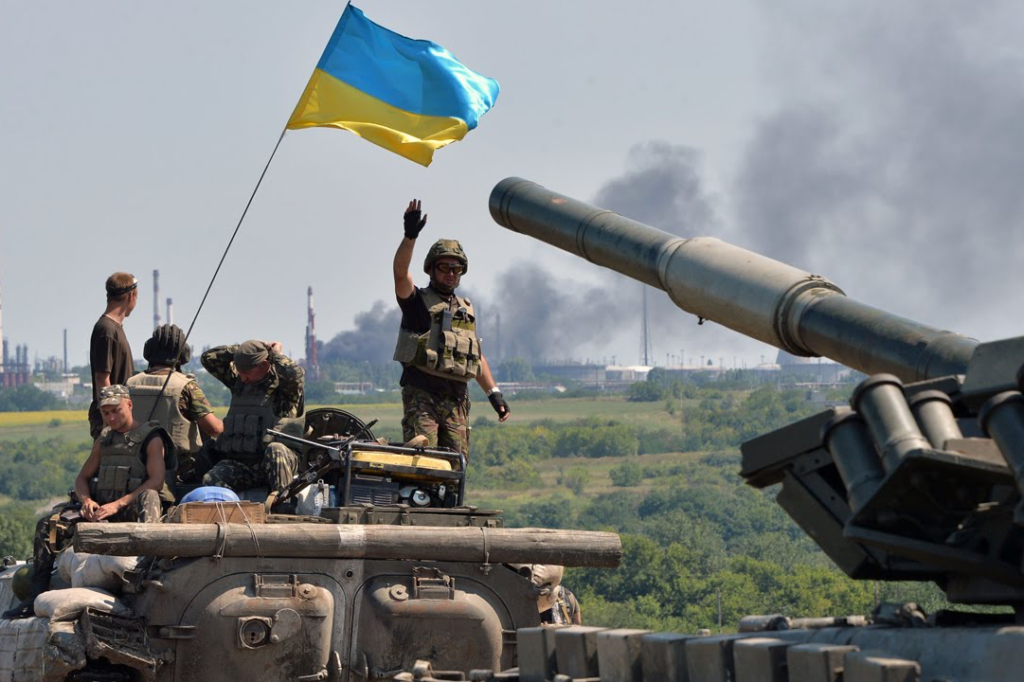
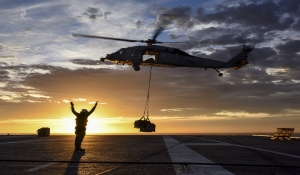
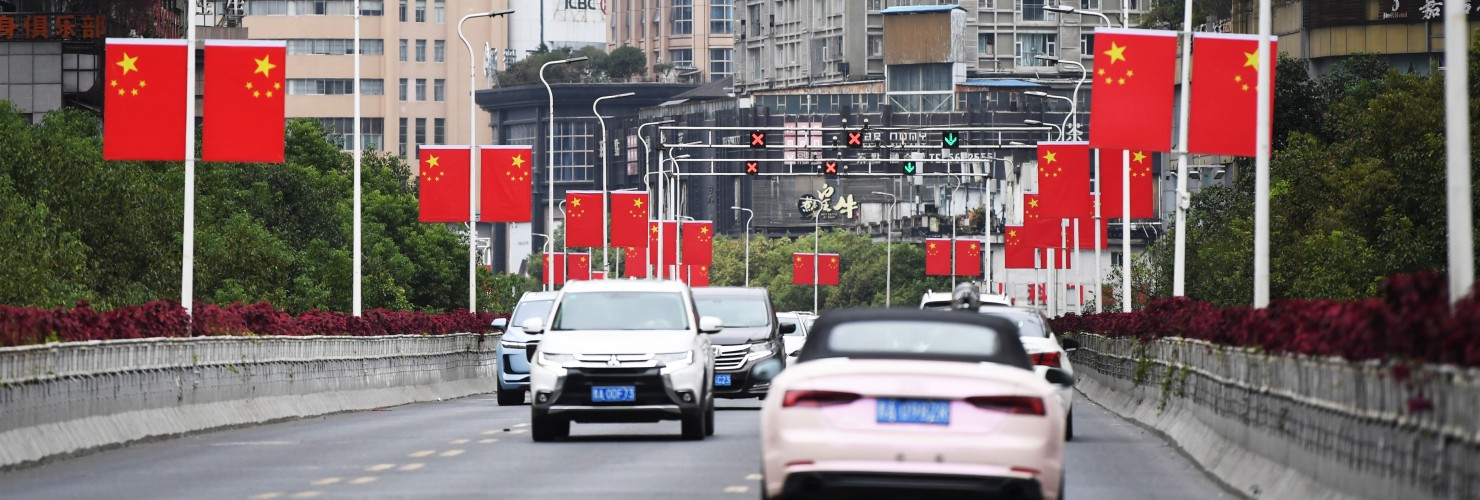



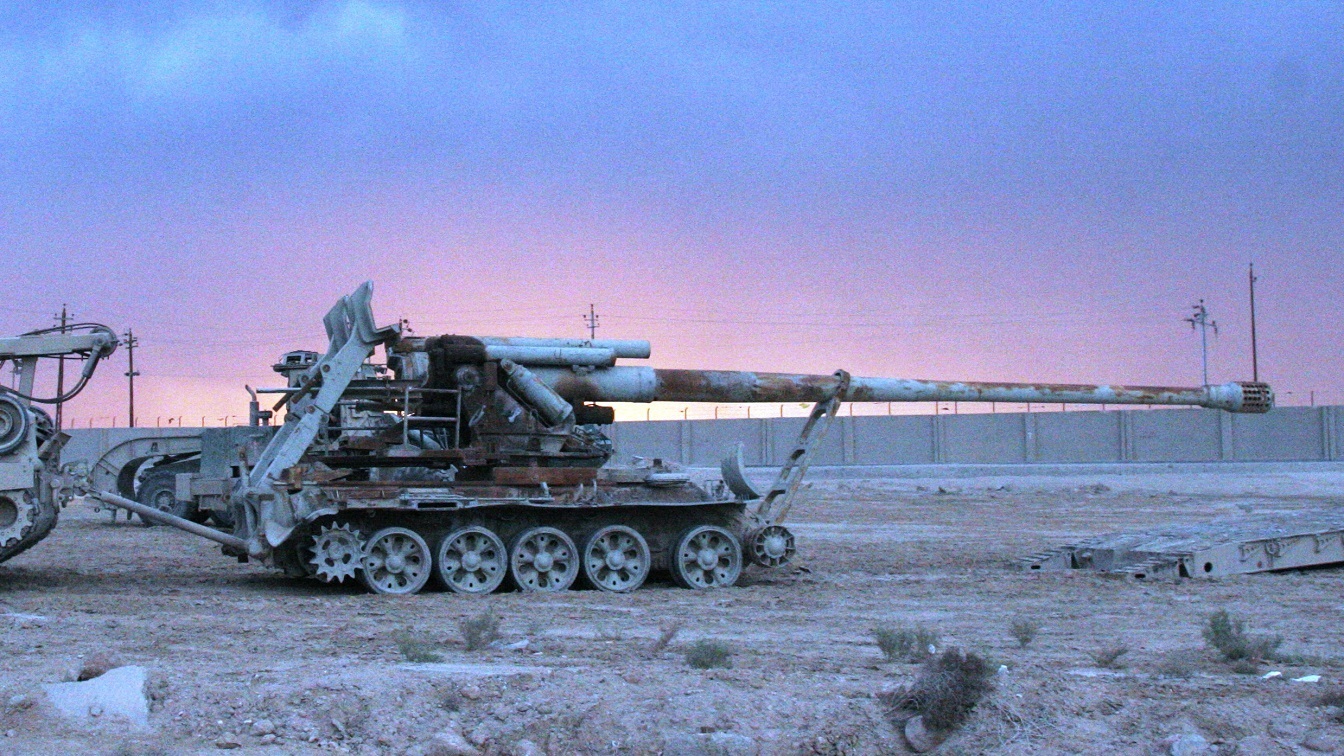
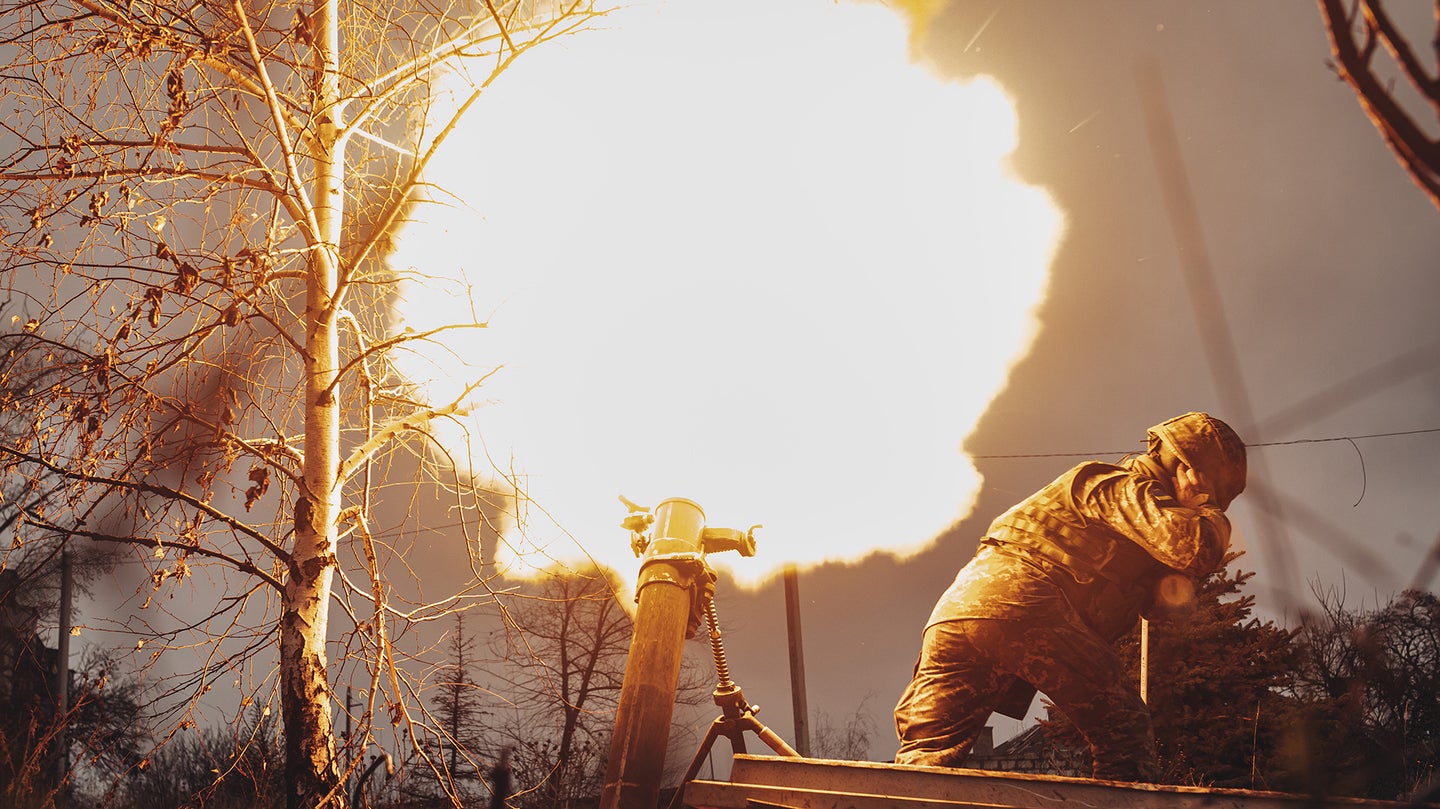
:quality(70)/cloudfront-us-east-1.images.arcpublishing.com/archetype/I42OOLM7I5ATNDR6K6XFGMWB24.jpg)
